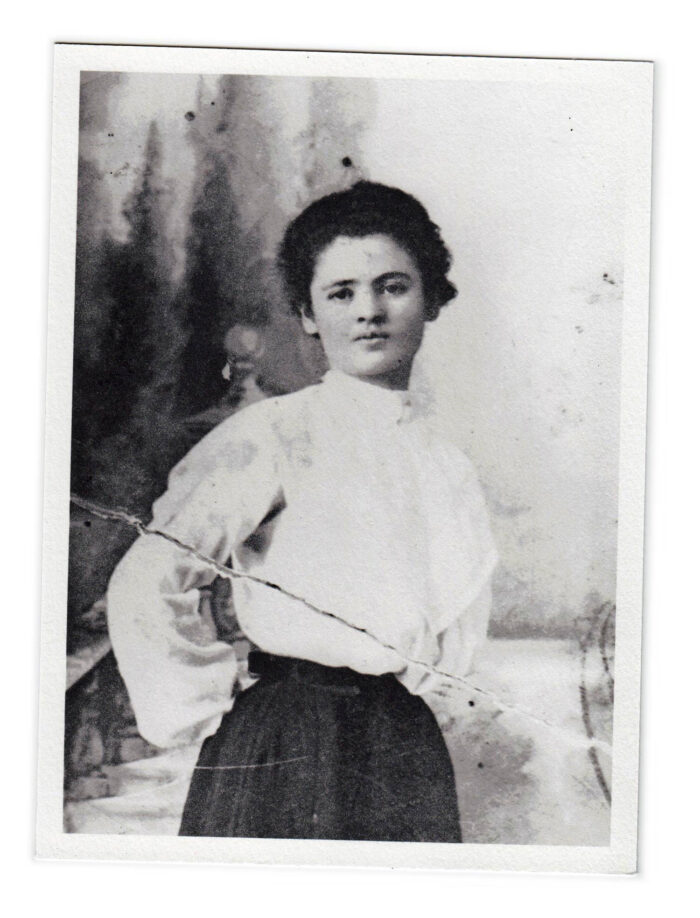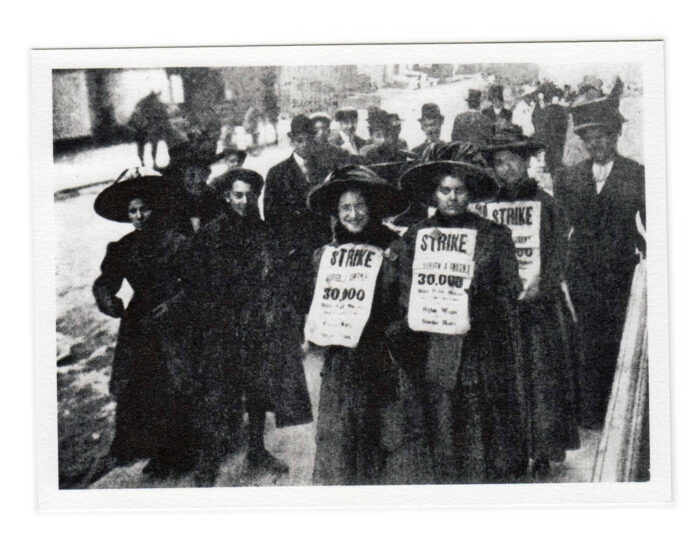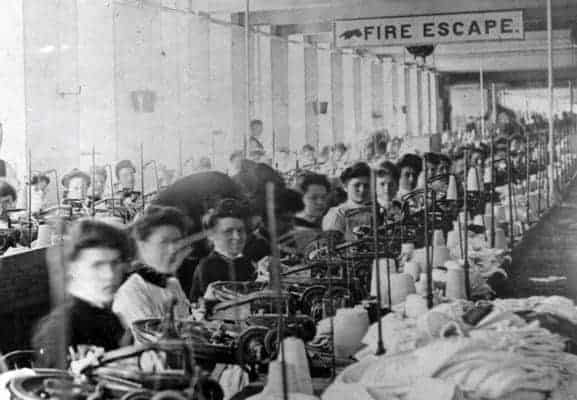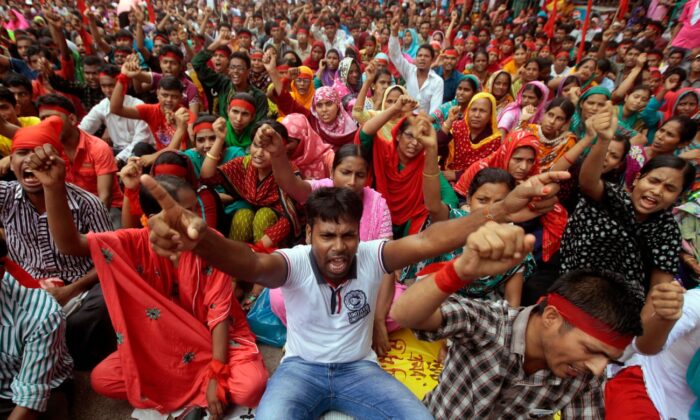Speaking of Labor Day… Lessons we´ve learned from Clara Lemlich Shavelson
By Camille Mori
We hear about the Triangle Shirtwaist factory fire in New York City and how it spurred a shift in labor rights in the United States, but we rarely hear about the woman who led the charge in fighting for garment workers rights, Clara Lemlich Shavelson. The New York Times recently published an obituary of Clara in their attempts to highlight stories of remarkable people whose deaths went unreported in the Times, bringing to light her dedication to fighting for better working conditions for garment workers. In a labor rights movement dominated by men, Clara led the charge on advocating for women’s rights.

Garment production has shifted overtime following cheap labor and exploitative environments from New York City in the turn of the 20th century to overseas countries like China, Bangladesh and Cambodia today. Disasters have shadowed the industry from the 146 lives lost in the Triangle Shirtwaist factory fire in 1911 to the 1,134 people killed in the Rana Plaza factory collapse in 2013. How did Clara create safer working environments for women in New York City’s garment sector and how can we use these tactics to drive change for working conditions in factories abroad? Below are three lessons we can take from Clara on how to organize and build a successful campaign to fight for labor rights in the garment industry.
Taking risks that not everyone is willing to make
Clara risked her life in fighting for the rights of her and her peers. Getting beaten by the police and the factory guards, Clara had a phenomenal drive to keep going for what she thought was right. She had to hide her injuries from her parents so they wouldn’t stop her from protesting for workers rights. By 23 she was inspiring crowds at union meetings and had already been arrested 17 times for protesting.

She was also a leader of the people, as a garment worker herself. Leading the charge from within, Clara was able to gain credibility and inspire her fellow factory workers that they should not put up with such poor conditions.
The importance of working with unions to build up their leverage against factories
Clara’s persuasive speeches and commitment to the cause garnered her a devoted and enthusiastic following, and ultimately got her voted onto the executive board of the International Ladies’ Garment Workers’ Union. Her leadership and ability to bring people together resulted in a successful strike in 1909, the Uprising of the 20,000. They persuaded many factories to agree to pay higher wages, 52 hour work weeks, and to recognize the International Ladies’ Garment Workers’ Union. Together they were strong and they were able to gain the leverage they needed to be taken seriously.

Not all factories gave into the strike, however, the Triangle Shirtwaist factory refused to agree to their demands. Three years later the factory would go up in flames killing 146 workers, and the public outcry from this disaster would force a monumental shift in the consumer attitude on factory conditions for garment workers.
Thinking outside of the box and being creative can lead to change
As an immigrant and a woman Clara had to work strategically to get her voice heard and pressure factory owners to make changes. She formed ties with the women’s suffrage movement and key political leaders to build up her movement.
In her later years, Clara also recognized the power of the consumer, and organized a group of housewives to boycott butchers to protest their skyrocketing prices. A practice that is commonplace now, but was revolutionary at the time. It’s a tactic that is often see today in protesting unethical practices by apparel brands. As a woman dominated industry, we are poised to make great impact and fight for women’s right globally by advocating for garment workers rights and supporting brands that have transparent supply chains.
Going forward: Leaders of Tomorrow

Modern day activists like Kalpona Akter from Bangladesh are stepping up in their communities to lead the charge like Clara did almost 100 years ago. Kalpona’s feature on the cover of Business of Fashion marks an important shift in the industry where not only are garment workers’ rights highlighted as an important issue, but the garment worker activists themselves are spotlighted as the leaders of this revolution.
Every movement needs a leader, and this person needs the strength to step forward and risk their own wellbeing. Especially in countries where it is against the law to form unions and protest, and where factories are actively keeping their workers from gathering and understanding their rights, it takes a strong person to step forward and fight against this when they have everything to lose. While it takes time to create policies and change systems to create safe environments for workers to form unions and speak up, we can support these workers by continuing to ask brands #WhoMadeMyClothes, while also giving activists like Kalpona Akter the platform to shine a spotlight on garment workers rights abroad.
Camille Mori is a graduate student at NYU, studying international human rights policies along the garment supply chain. She also writes her own blog on ethical fashion, Ethical Fashion Nerd, where she writes about human rights issues in the apparel industry and how to drive change.





